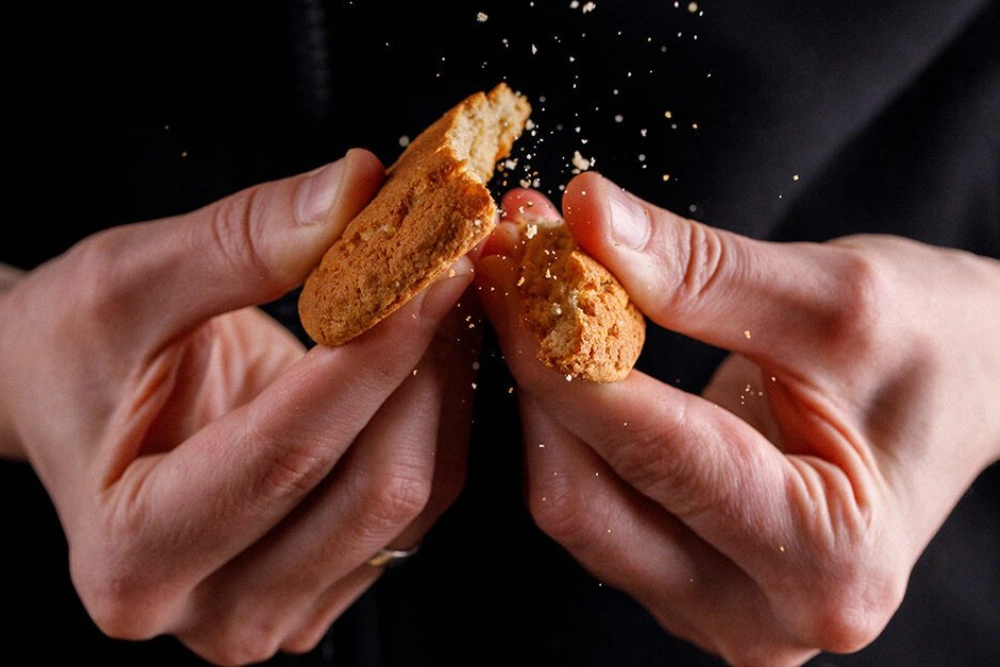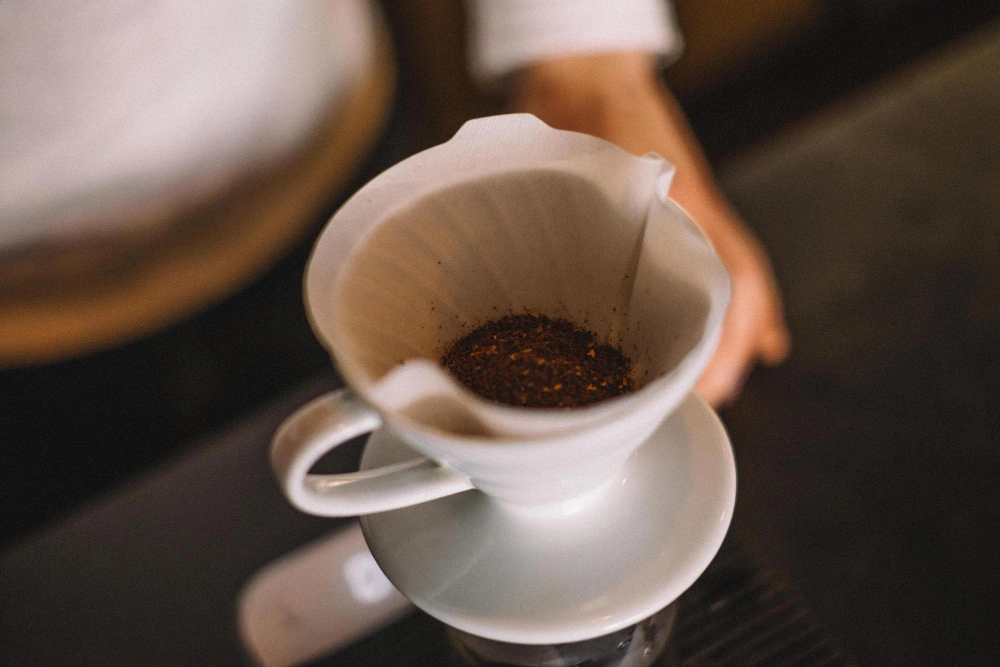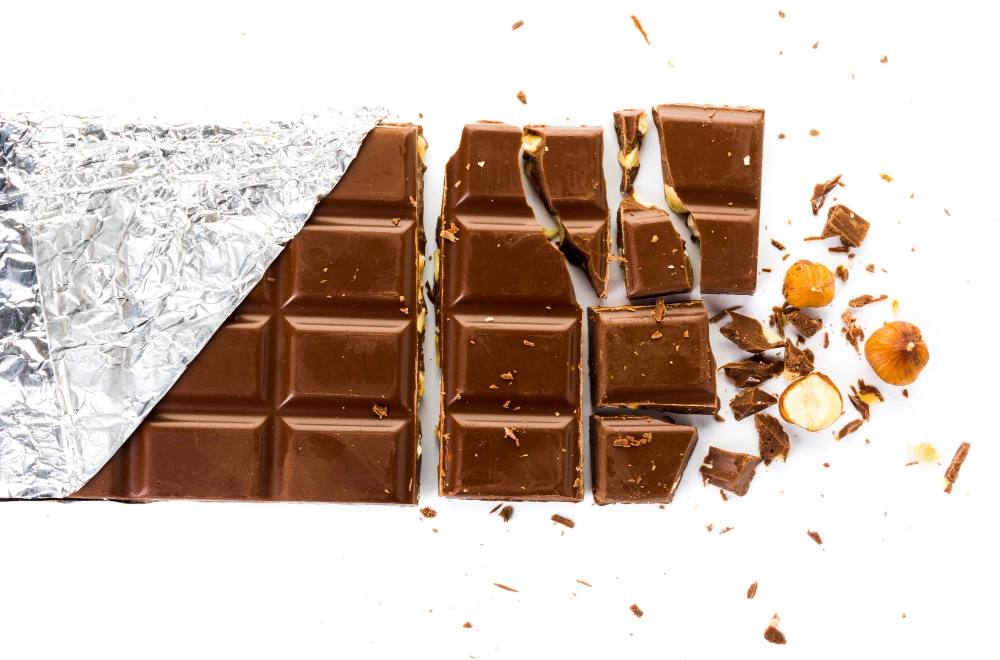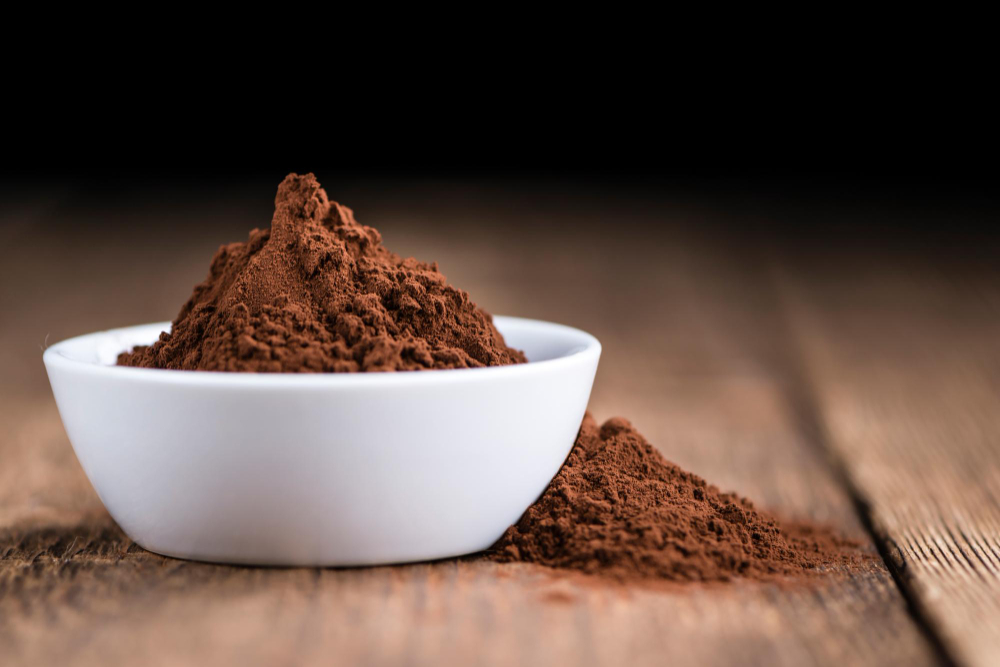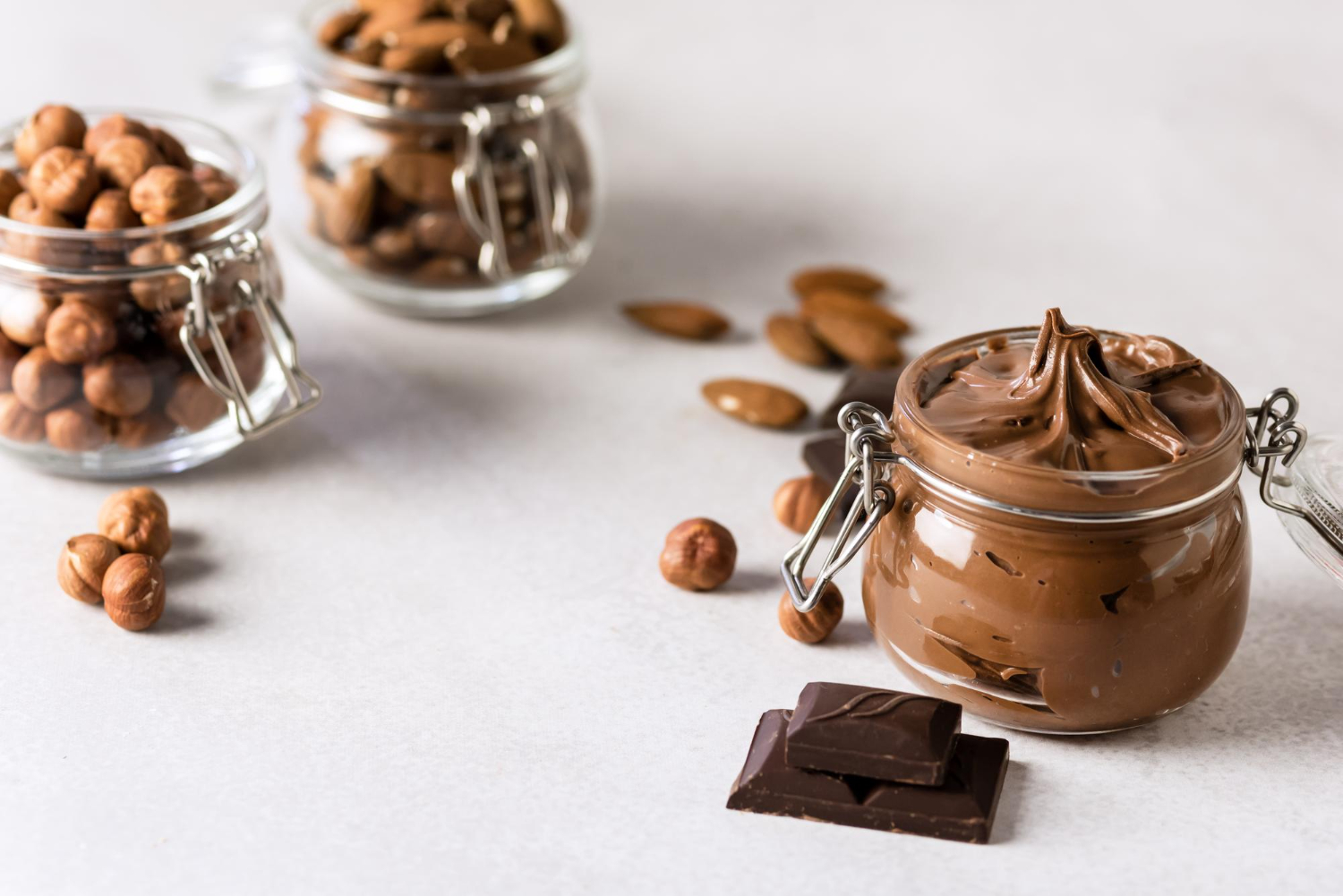From Fermentation to Grinding: The Journey from Bean to Paste
The process of producing cocoa mass begins right after harvesting the beans:
Fermentation: Cocoa beans develop their characteristic flavor and aroma precursors.
Drying & Roasting: Reduces moisture content, enhances aroma, and transforms flavor.
Winnowing: The shells are removed, leaving behind the cocoa nibs.
Grinding: Nibs are finely ground into a thick paste) cocoa mass) rich in both cocoa butter and cocoa solids.
The Role of Cocoa Butter and Cocoa Solids in Chocolate Quality
Cocoa Butter: Responsible for smooth melting, glossy texture, and creamy mouthfeel.
Cocoa Solids: Provide the color, flavor intensity, and antioxidant content of chocolate.
The balance between these two components ultimately determines the sensory quality of the final chocolate product.
What Is Cocoa Mass and How Is It Produced ?
Cocoa Mass (also known as Cocoa Liquor) is a thick, natural paste obtained from cocoa beans. It serves as the primary base for chocolate production. This material is not actually alcoholic despite its name, but rather a concentrated mixture containing both cocoa solids and cocoa butter. By grinding fermented and roasted cocoa nibs, this paste is formed, making it the key ingredient that defines the flavor, texture, and quality of chocolate.
Cocoa bean
Cleaning
The first step in cocoa processing is cleaning the beans to remove impurities such as dust, stones, husks, and other foreign particles. Proper cleaning prevents contamination and ensures the quality of the final cocoa mass.
Roasting
After fermentation and drying, beans are roasted under controlled heat. This step releases volatile compounds, develops the characteristic cocoa aroma, and reduces bitterness. Proper roasting is essential: over-roasting can burn beans and create unwanted flavors, while under-roasting leaves the mass raw and acidic.
Sterilization
Beans are exposed to high heat or steam for a specific time to reduce microbial load. Sterilization prevents the growth of molds and pathogens, ensuring food safety and compliance with industrial standards.
Cracking & Winnowing
The roasted beans are cracked open and their shells removed through winnowing. This process separates the nibs, which contain cocoa solids and cocoa butter. Cocoa nibs are the essential raw material for producing cocoa mass and other cocoa products.
Grinding into Cocoa Mass
The nibs are finely ground in mills, releasing cocoa butter and forming a thick, liquid paste known as cocoa mass (cocoa liquor). This paste contains both cocoa solids and cocoa butter, giving chocolate its rich flavor, color, and texture. Advanced grinding technologies allow precise control of particle size, directly affecting the smoothness and mouthfeel of the final product.
cocoa mass
Cocoa bean
Cleaning
The first step in cocoa processing is cleaning the beans to remove impurities such as dust, stones, husks, and other foreign particles. Proper cleaning prevents contamination and ensures the quality of the final cocoa mass.
Roasting
After fermentation and drying, beans are roasted under controlled heat. This step releases volatile compounds, develops the characteristic cocoa aroma, and reduces bitterness. Proper roasting is essential: over-roasting can burn beans and create unwanted flavors, while under-roasting leaves the mass raw and acidic.
Sterilization
Beans are exposed to high heat or steam for a specific time to reduce microbial load. Sterilization prevents the growth of molds and pathogens, ensuring food safety and compliance with industrial standards.
Cracking & Winnowing
The roasted beans are cracked open and their shells removed through winnowing. This process separates the nibs, which contain cocoa solids and cocoa butter. Cocoa nibs are the essential raw material for producing cocoa mass and other cocoa products.
Grinding into Cocoa Mass
The nibs are finely ground in mills, releasing cocoa butter and forming a thick, liquid paste known as cocoa mass (cocoa liquor). This paste contains both cocoa solids and cocoa butter, giving chocolate its rich flavor, color, and texture. Advanced grinding technologies allow precise control of particle size, directly affecting the smoothness and mouthfeel of the final product.
cocoa mass
Can Cocoa Mass Be Used in Formulations Without Fermentation and Roasting ?
No. Cocoa mass obtained directly from raw beans is bitter, astringent, and unstable, lacking the key flavor precursors. It is only through fermentation and roasting that cocoa develops its aromatic profile, smooth texture, and chocolate-like flavor.
Using raw cocoa mass in production increases the risk of poor quality, low consumer acceptance, and weaker sensory experience, ultimately reducing the product’s value in the market.
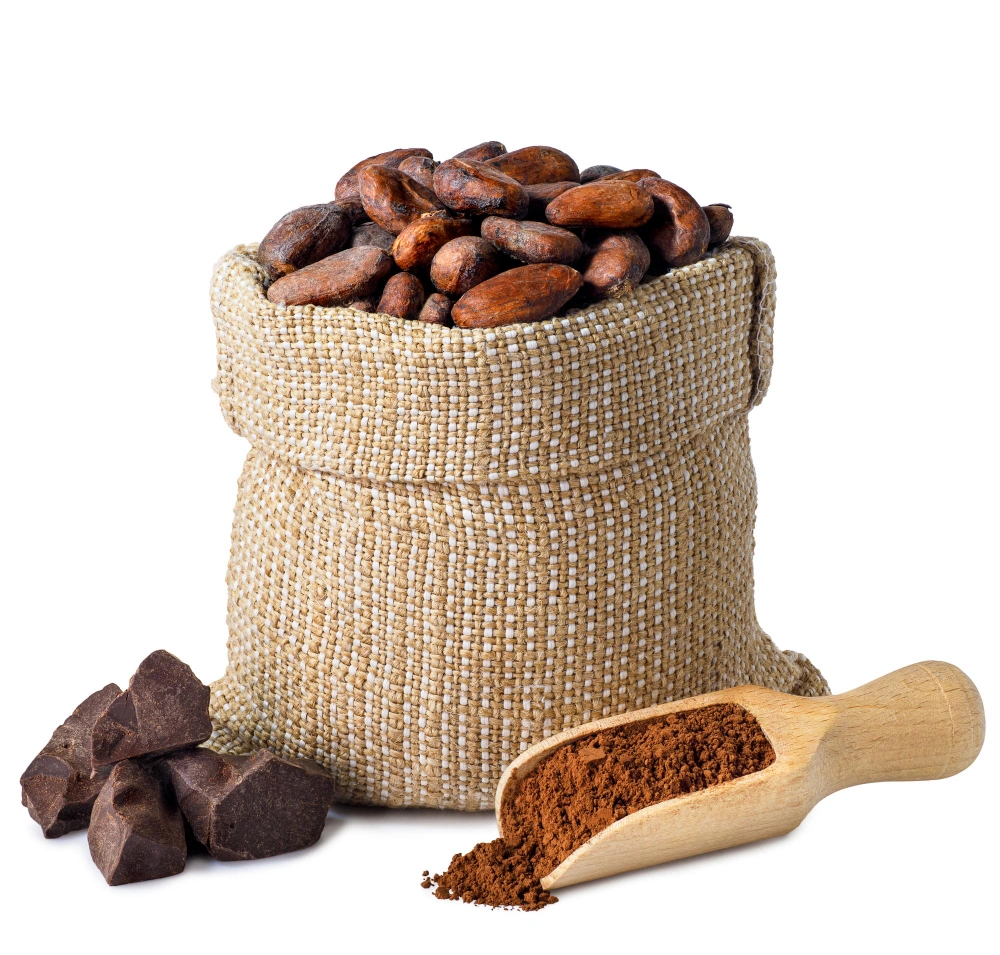
Cocoa Mass vs. Cocoa Powder: Two Products, One Origin
Both products are derived from cocoa beans, but their processing and applications are completely different:
Cocoa Mass
A thick and fatty paste containing both cocoa solids and cocoa butter. Thanks to its natural fat content, it delivers creaminess, smooth melting, and authentic chocolate flavor. Cocoa mass is mainly used in chocolate production, premium desserts, and ice cream formulations.
Cocoa Powder
After much of the cocoa butter is pressed out from cocoa mass, the remaining solids are dried and ground into powder. With significantly lower fat content, cocoa powder is widely used in instant cocoa drinks, bakery products, and other food applications.
Cocoa mass provides richness, aroma, and creamy mouthfeel, while cocoa powder contributes color, flavor, and functional versatility.
The Impact of Cocoa Mass Quality on Chocolate Flavor, Aroma & Texture
Cocoa mass quality is not only about composition but also about its effect on flavor, aroma, and mouthfeel. Even small variations in fermentation, roasting, or fat ratio can lead to a completely different sensory experience for consumers.
Cocoa Butter → responsible for smooth melting, shine, and creamy mouthfeel.
Cocoa Solids → provide bitterness, color, flavor depth, and antioxidant properties.
The balance between these two elements ultimately shapes the chocolate’s sensory profile and consumer perception.
How Cocoa Butter Content Changes Chocolate Melting and Mouthfeel ?
The higher the cocoa butter content, the smoother the melting and the creamier the mouthfeel of chocolate. With lower or inconsistent levels, chocolate becomes dry, brittle, and less enjoyable to eat.
This is why premium chocolate brands strictly control cocoa butter percentages, as even small changes can transform a regular product into an exceptional sensory experience.
Ultimately, chocolate quality depends not only on cocoa mass but also on the precise balance of cocoa butter, cocoa powder and cocoa solids, which together define flavor, aroma and texture.
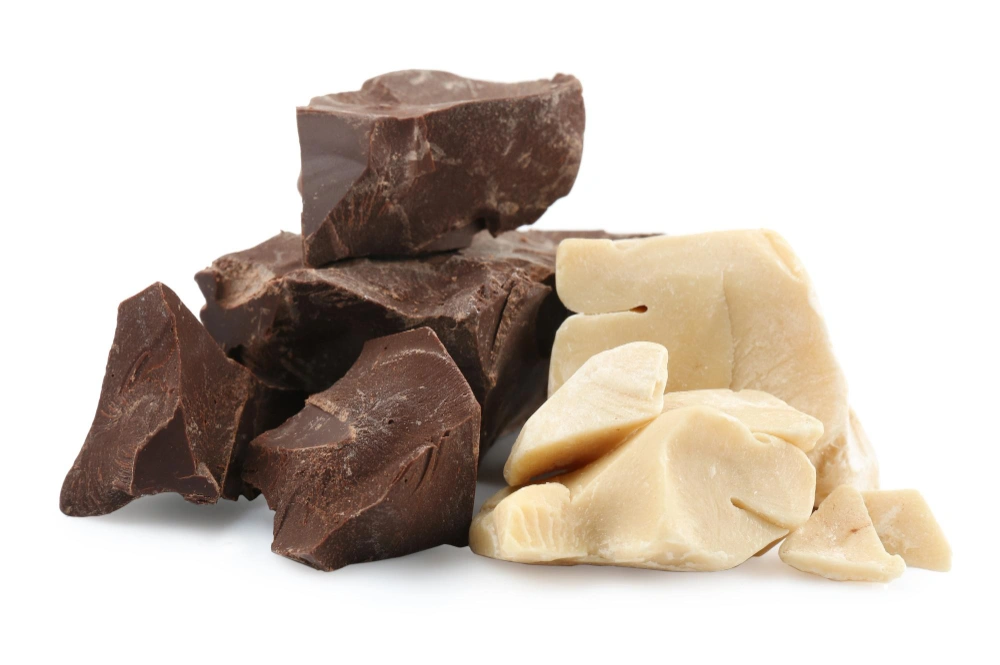
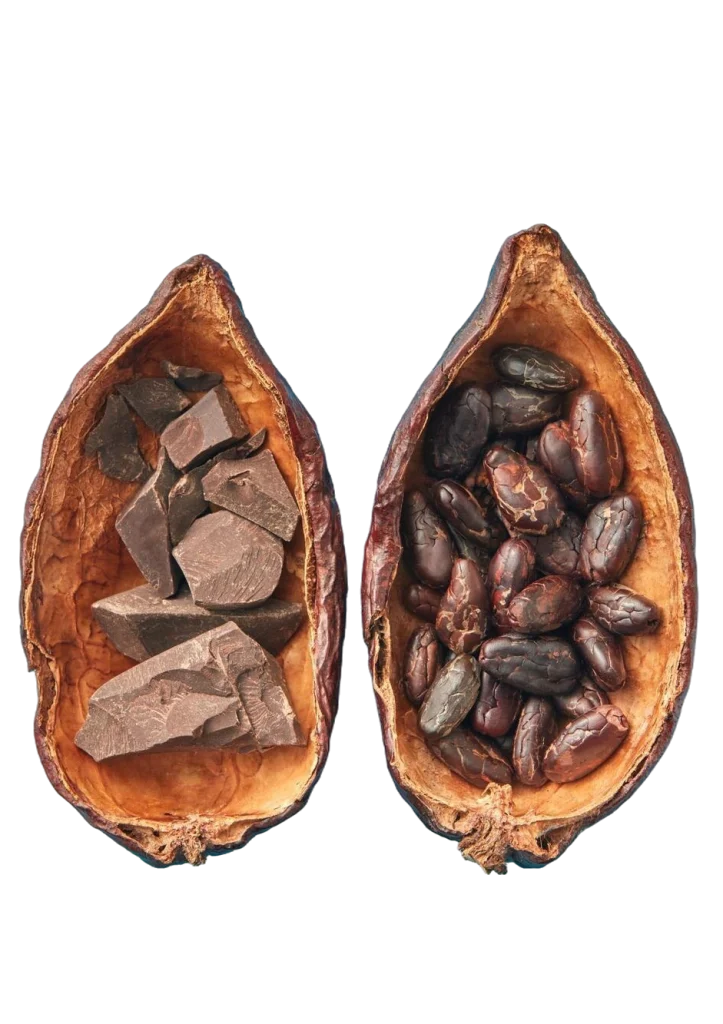
How Bean Variety and Fermentation Affect Chocolate Flavor and Aroma ?
Bean variety and fermentation intensity are two key factors shaping chocolate flavor and aroma:
Mild Fermentation: Results in softer, less intense flavors with fruity or floral notes.
Strong Fermentation: Leads to richer, deeper cocoa taste, lower acidity, and more balanced sensory profiles.
For example, Criollo beans tend to produce more delicate and nuanced profiles, while Forastero beans are typically stronger, more robust, and widely used in mass production.
🔗 Research by Chocolate Science and Afokawa Technology (2016) confirms that bean variety and fermentation together explain much of the diversity in chocolate flavor profiles.
Beyond Chocolate : 3 Surprising Applications of Cocoa Mass
💊 Functional Health Products
A natural source of polyphenols and theobromine, cocoa mass is increasingly used in functional foods and dietary supplements for its nutritional benefits.
🍦 Dairy & Ice Cream
Thick chocolate ice creams and flavored yogurts gain a distinct taste and creaminess from cocoa mass, giving brands a clear edge in the competitive dairy market.
🍹 Beverages
Adding cocoa mass to drinks such as hot chocolate or protein shakes enhances flavor with authentic chocolate richness and delivers a natural boost of antioxidants.
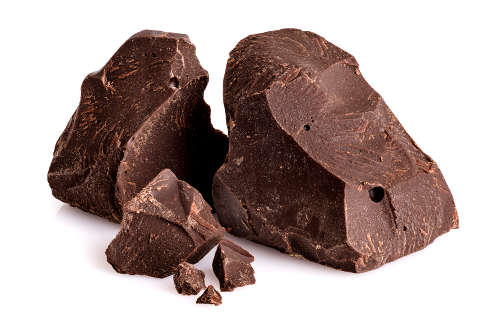
Cocoa Mass and Its Health Benefits
Cocoa mass is more than just a raw material for chocolate ; it is also linked to potential health-promoting properties thanks to its antioxidants, polyphenols, and bioactive compounds.
Supports blood pressure regulation and cardiovascular health
Enhances nervous system performance and circulation
Strengthens immune defense and skin health
Boosts energy metabolism and overall vitality
These benefits make cocoa mass a valuable ingredient in the growing category of functional and health-oriented foods.
Nutritional Value & Health Concerns
Polyphenols & Antioxidants
Cocoa mass is naturally rich in polyphenols and antioxidants. These compounds help reduce oxidative stress, support cardiovascular health, and may contribute to long-term wellness. However, due to their sensitivity to heat, antioxidant levels can decrease during processing, which makes gentle roasting and careful handling essential.
Caffeine & Theobromine: A Caution for Sensitive Groups
Alongside its benefits, cocoa mass contains natural stimulants such as caffeine and theobromine. These compounds can affect children, pregnant women, sensitive individuals, and pets. Clear labeling and responsible dosage are crucial to
Transparency in Labeling
Today’s consumers demand greater transparency. Clear indication of polyphenol levels, caffeine content, and other bioactive compounds builds trust with health-conscious customers. Conversely, lack of labeling may reduce consumer confidence and even limit a brand’s competitive position.
What Are the Benefits and Risks of Consuming Cocoa Mass ?
Cocoa mass is rich in minerals and antioxidants that support cardiovascular health, bone strength and immune function.
⚠ However, its natural content of caffeine and theobromine requires caution for children, sensitive individuals and pets. Clear labeling and responsible consumption are essential.
Conclusion : Cocoa Mass - Today’s Choice, Tomorrow’s Competitive Advantage
If you are looking to optimize your use of cocoa mass and design customized formulations, now is the perfect time to act.
Contact our team📞of specialists today and discover how cocoa mass can become your next competitive edge.





